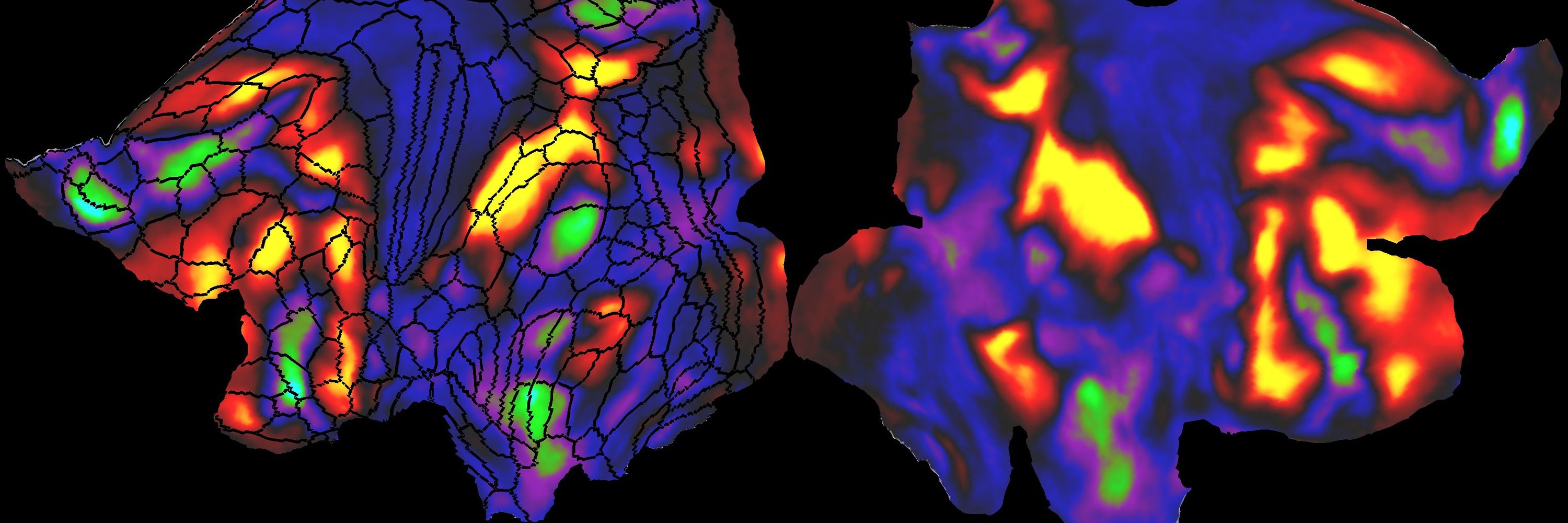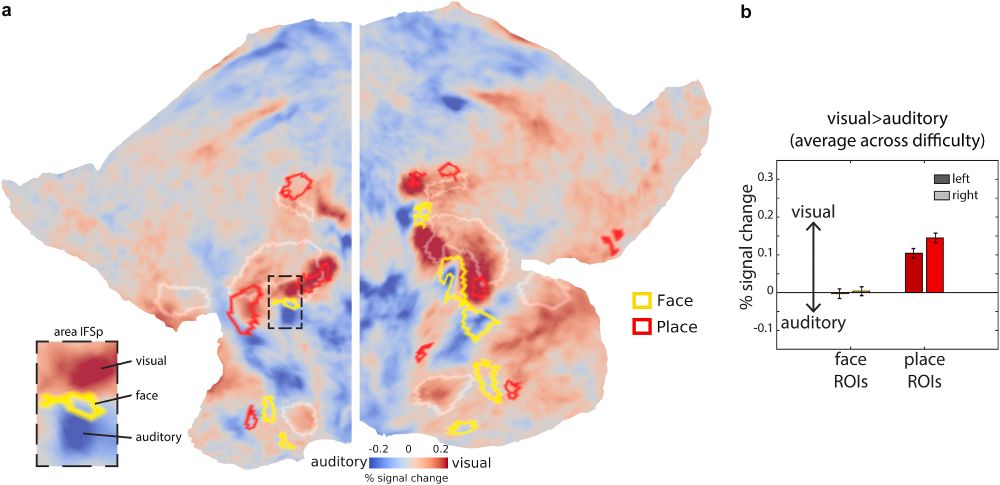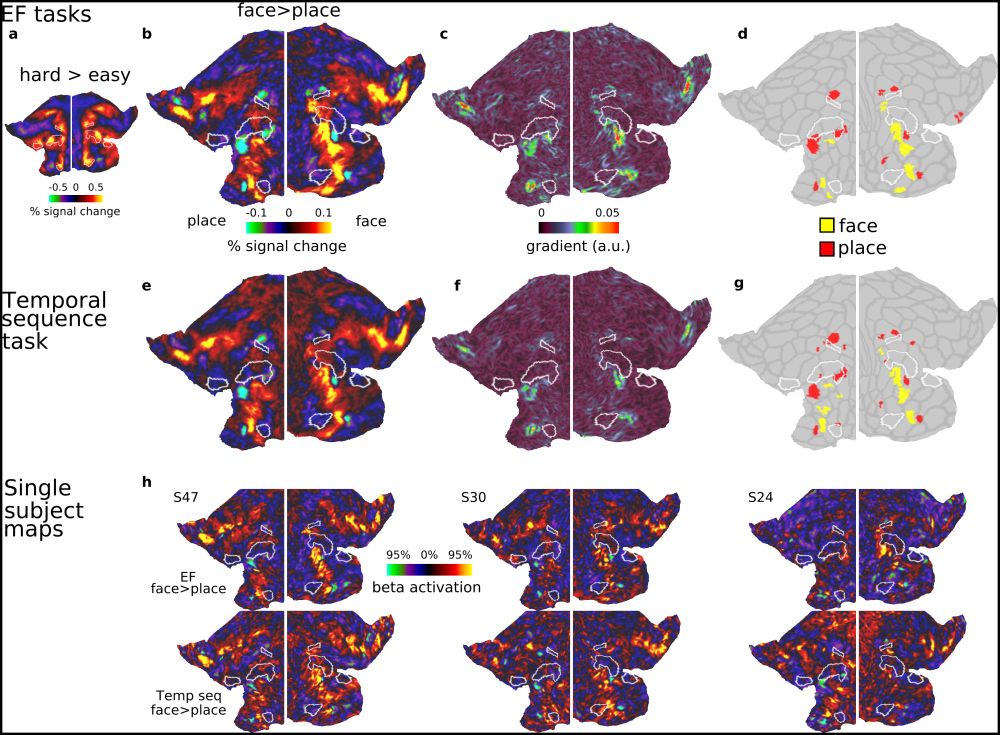
https://neuroscience.cam.ac.uk/member/mimma2/

doi.org/10.1016/j.ne...

doi.org/10.1016/j.ne...
sciencedirect.com/special-issue/10QN6R7VQSM
and the editorial (see next figure in the thread for an entertaining analysis)
doi.org/10.1016/j.ne...

sciencedirect.com/special-issue/10QN6R7VQSM
and the editorial (see next figure in the thread for an entertaining analysis)
doi.org/10.1016/j.ne...


Category-biased patches encircle domain-general brain regions in the human lateral prefrontal cortex
t.co/Zx56W6wobj
#neuroscience #neuroskyence #PsychSciSky

Category-biased patches encircle domain-general brain regions in the human lateral prefrontal cortex
t.co/Zx56W6wobj
#neuroscience #neuroskyence #PsychSciSky
Construction and use of mental models: Organizing principles for the science of brain and mind
doi.org/10.1016/j.ne...
#neuroscience #psychology #neuroskyence

Construction and use of mental models: Organizing principles for the science of brain and mind
doi.org/10.1016/j.ne...
#neuroscience #psychology #neuroskyence
doi.org/10.1093/cerc...

doi.org/10.1093/cerc...
Link: doi.org/10.1093/cerc...
Data: balsa.wustl.edu/study/0qk6K

Link: doi.org/10.1093/cerc...
Data: balsa.wustl.edu/study/0qk6K

